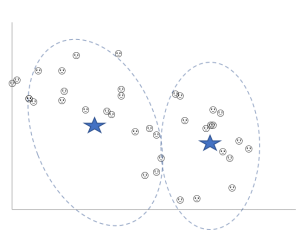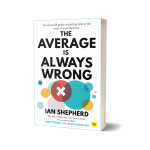
One of the most commonly deployed data science techniques in consumer businesses is the process of creating ‘segments’ that divide the customer base up into groups who look a bit like each other.
It is so common, in fact, that I’ve devoted a whole chapter to it in The Average is Always Wrong. In it, if you are curious, I show you in a couple of diagrams how the algorithm that generates segments actually works. It is surprisingly simple, and might make you question how much your favourite management consultant wants to charge you for the process!
The chapter also discusses the 6 key criteria that determine whether a group of customers can really be considered a valuable and useful segment or not. These include Coherence (there must, obviously, be something that connects all the customers in a segment and that they have in common) and Distinctiveness (there is no point dividing customers into two segments if the two groups are very similar to each other – you aren’t gaining anything).
It is in these 6 criteria, however, (the two above and 4 more you’ll need to read the book to discover!), that we uncover why segmentation can often be a tremendous waste of time.
It is actually much rarer than you’d think to find customer segments that are genuinely useful. In the chapter, we explore case studies where segments are generated that look superficially useful but actually aren’t.
We also explore case studies where the segments were incredibly powerful, but so expensive to determine that the ROI on the project was negative.
Between these and other examples you’ll learn that you need to be very careful when commissioning a segmentation study. Just because it is analytically quite quick and easy to produce doesn’t mean it is going to be valuable.
On the other hand, you’ll also see that a well-judged segmentation exercise can be incredibly powerful when used in the right way, and we’ll review some examples of when that might be the case.
Needless to say, if I’ve whetted your appetite, there is much more in the book!

